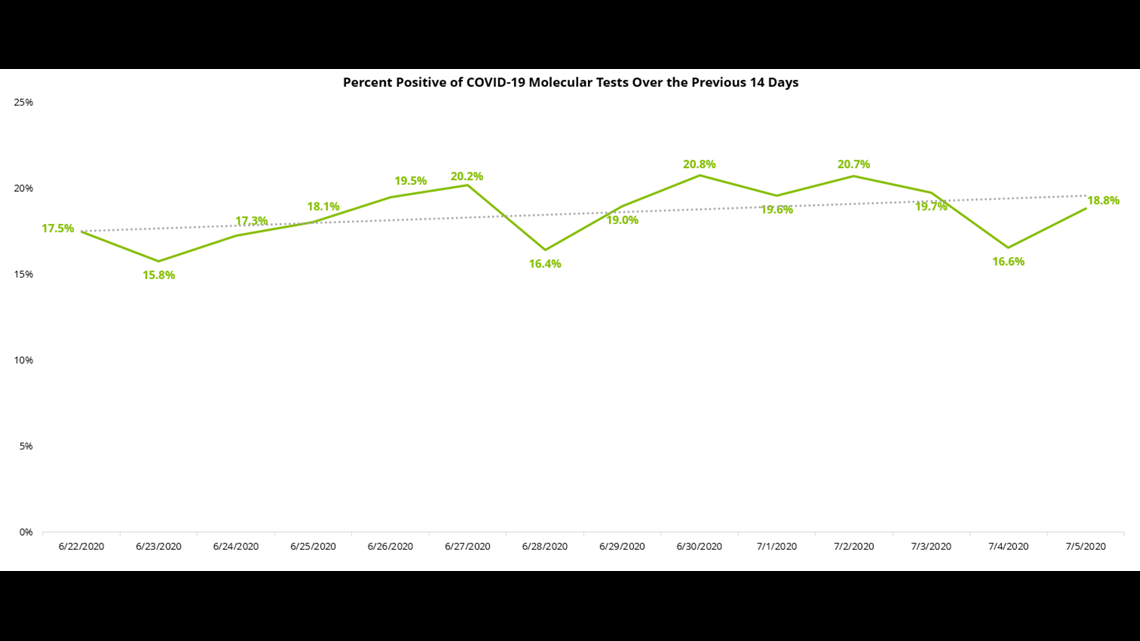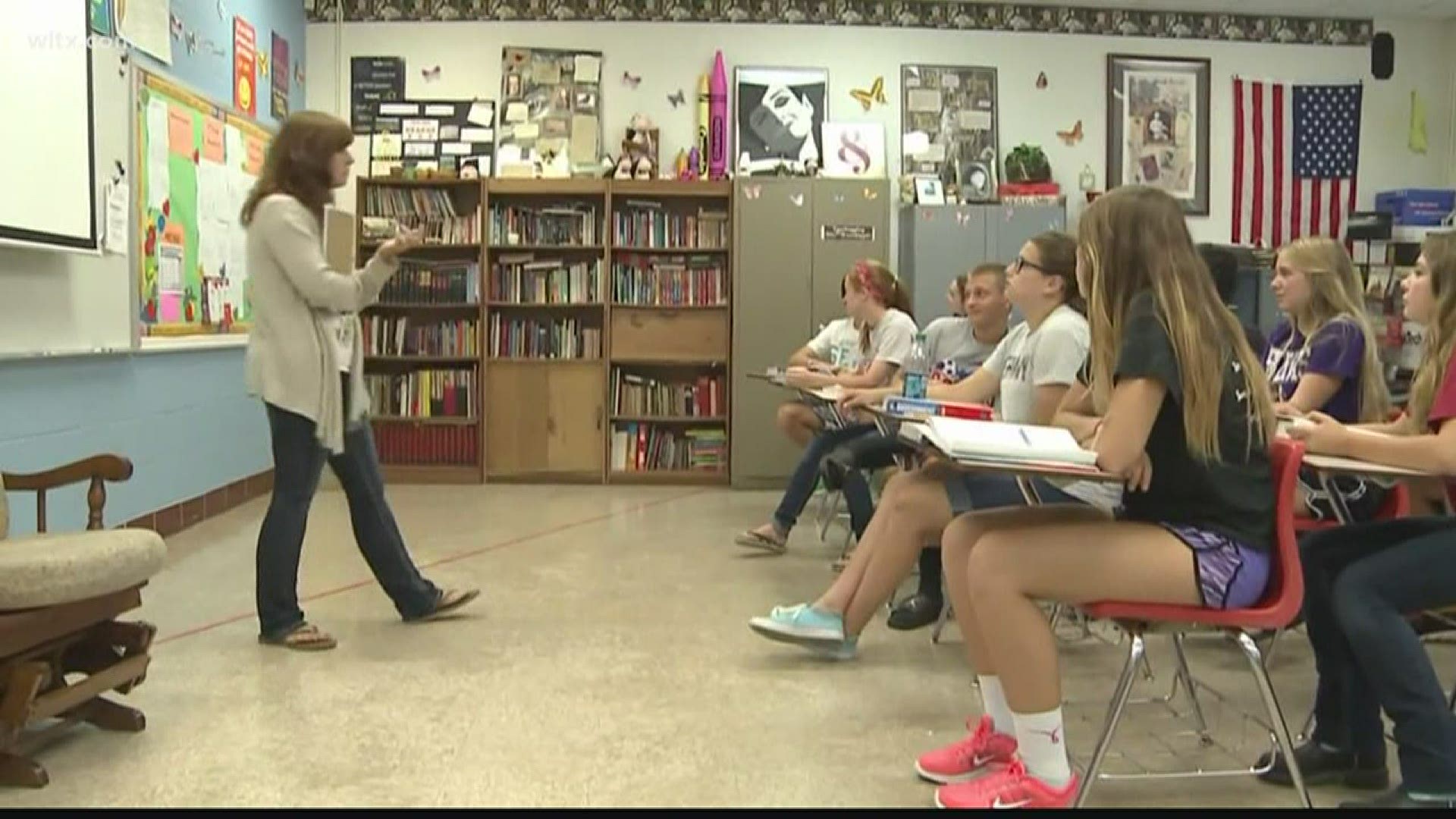COLUMBIA, S.C. — South Carolina's health agency, DHEC, recently released definitions of low, medium and high spread of the coronavirus at the request of the South Carolina Department of Education (SCDE).
Ryan Brown with SCDE says knowing the rate of spread will allow school districts to decide whether it’s safe to return to face-to-face instruction in the fall.
He says, “School districts can see what the spread of the virus is like in their local communities and use that to make the best decisions for their students, parents and staff.”
According to DHEC, the rate of spread of COVID-19 in each county is determined by three things: the incidence rate, trend in incidence rate and the percent positive rate.
The incidence rate is the number of new cases in the past two weeks per 100,000 people. The trend tells us whether the incidence rate is increasing, decreasing or staying the same.
Then they look at the percent positive rate. This is the number of people who tested positive out of the total number of people who got tested in the last two weeks. For the percent positive rate to be low, it needs to be 5% or less. Anything over 10% is considered high.


As of June 21, the latest date recorded, DHEC says Richland County has a high incidence rate, the trend is increasing, and it has a high percent positive rate.
The latest information from DHEC shows the rate of spread is high in Lexington, Orangeburg and Sumter counties too.
School districts are waiting to see what it’ll look like come August.
“With low spread, you’d have as close to normal as operations as possible with those being traditional five days a week and in person with social distancing.” Brown says, “with the medium, you see a little bit of a differentiated model where you could have certain days off or certain student populations coming in different points during the day. With high spread, [students would move] toward a more virtual based instruction platform.”
Brown says school districts should be prepared to change their models throughout the school year if their rate of spread increases or decreases.

